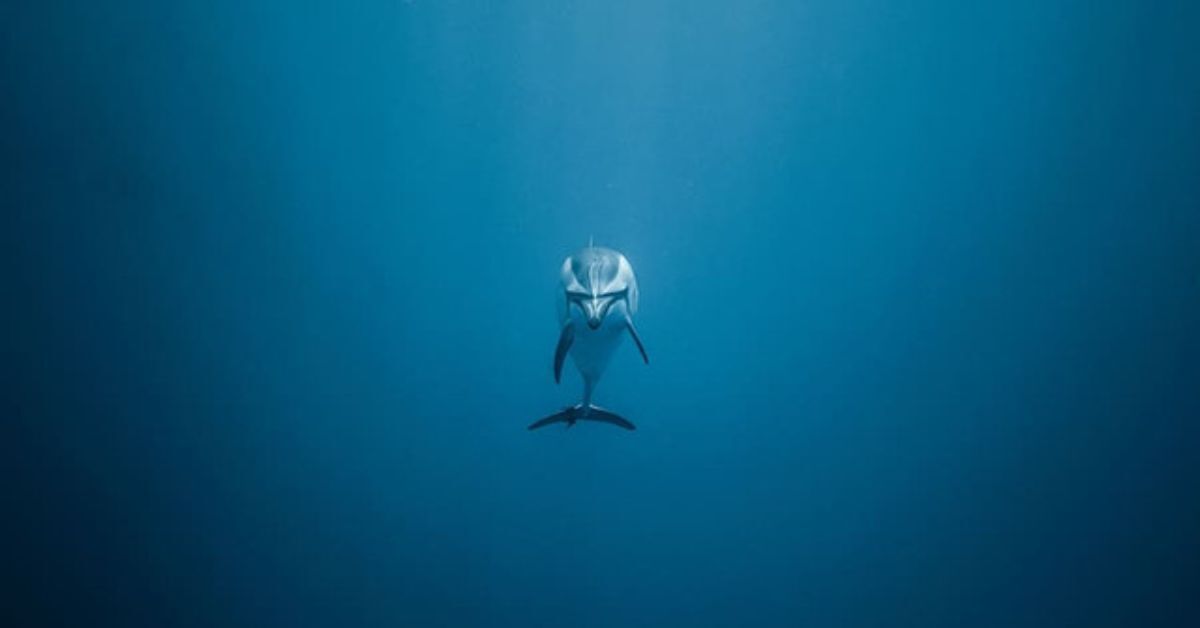As interest in collecting art grows, understanding the distinctions between different types of prints has become essential. Two common terms that often cause confusion are photographic prints and fine art prints. While both capture and display images, they represent different approaches to quality, longevity, and artistic intent.
A photographic print is what most people associate with traditional photography, created using light-sensitive paper and chemical processes. In contrast, a fine art print is produced using advanced digital printing methods and archival-quality materials, with a primary focus on long-term preservation and exceptional detail. Keep reading to explore the differences between photographic and fine art prints to help you make informed decisions when acquiring new art.
What Is a Photographic Print?
A photographic print is created through a process known as chromogenic printing, or C-type printing. This traditional method involves exposing light-sensitive paper to an image and then developing it with chemicals to bring the picture to life. It has been the standard for consumer and professional photography for decades.
These prints are typically made on resin-coated photo papers, which offer a range of finishes from glossy to matte. While effective for everyday use, such as family photos or commercial displays, the materials are not designed for archival purposes. The lifespan of a standard photographic print can vary, but it is generally susceptible to fading and discoloration over time, especially when it faces direct sunlight and environmental factors.
What Is a Fine Art Print?
A fine art print, often called a giclée print, represents the highest standard of digital printmaking. The term “giclée” comes from the French verb "to spray," referring to how inkjet printers apply pigments onto a surface. This technique uses specialized printers that can produce an extensive range of colors with remarkable precision.
The materials used are of archival quality, meaning they are acid-free and designed to last for generations without degrading. Common substrates include 100% cotton rag paper, canvas, and other fine art papers that have a substantial weight and texture. The primary focus of a fine art print is to achieve superior longevity, color fidelity, and artistic value, which makes it the preferred choice for many artists, galleries, and collectors.

Key Differences Between Print Types Explained
Understanding the core distinctions between photographic and fine art prints is crucial for appreciating their respective qualities. These differences span printing technology, materials, longevity, color accuracy, and cost, each contributing to the final product’s character and value.
Printing Technology: Photographic vs. Giclée
Photographic prints rely on a chemical development process where light-sensitive paper reacts to create an image. Giclée printing, on the other hand, is a process that sprays microscopic droplets of pigment-based ink onto the paper or canvas. This advanced inkjet technology allows for greater control over the final output.
Materials: Standard Photo Papers vs. Archival Quality
Standard photographic prints use resin-coated papers that are functional but not intended for long-term preservation. Fine art prints utilize archival-grade substrates, such as heavyweight, acid-free cotton or alpha-cellulose papers. These materials are specifically engineered to resist yellowing and deterioration over many decades.
Longevity: Fade Resistance and Lifespan
The lifespan of a print is an important factor that sets different types of prints apart. Photographic prints, which are often made with dye-based inks and standard photographic paper, can start to show noticeable signs of fading within 10 to 20 years. This timeframe can vary depending on conditions such as exposure to light, humidity, and temperature, which can all accelerate the fading process.
In contrast, fine art prints use pigment-based inks and archival-quality papers specifically designed to resist aging. These materials are rated to last 100 years or more without significant fading, even when displayed. This durability ensures that fine art prints maintain their vibrancy and detail, preserving the integrity of the artwork for generations to come, whether it’s a cherished family photo or a valuable piece of art.
Color Accuracy and Detail: Gamut and Resolution
Giclée printers use a wider color gamut, employing up to 12 different colored inks compared to the limited CMYK palette of many standard printers. This expanded range allows for the reproduction of more subtle tonal variations and deeper, richer colors. The result is a print with exceptional detail and fidelity that accurately reflects the artist’s original vision.
Cost: Factors Affecting the Price of Each Type
The cost difference between the two types of prints reflects the investment in technology and materials. Photographic prints are generally more affordable due to mass-production processes and less expensive paper and inks. The higher price of fine art prints is justified by the use of premium archival materials, specialized printing equipment, and the labor-intensive process required to achieve museum-quality results. However, when you choose high-quality photographs and fine art prints from a studio like Wonderwall Studio, you will enjoy high-quality prints of either type.

Applications and Use Cases
Choosing between a photographic and a fine art print depends entirely on your goals. Each serves a distinct purpose, and knowing when to select one over the other will ensure your satisfaction with the final piece.
When to Choose Photographic Prints
Photographic prints can display beautiful compositions, natural landscapes, and more. They are also suitable for short-term commercial applications, including promotional materials, temporary displays, and portfolio work where longevity is not the primary concern. Their affordability makes them ideal for projects requiring multiple copies.
When to Invest in Fine Art Prints
Fine art prints are the definitive choice for artists selling their work, collectors building a collection, and anyone seeking to display artwork as a long-term decorative element in a home or office. If the goal is to own a piece that will retain its color and integrity for many decades, investing in a giclée print is essential.
Find Your Perfect Print
Understanding the difference between photographic and fine art prints allows you to appreciate the unique qualities of each. Whether you are looking for a beautiful image to adorn your walls or a lasting piece of art to add to your collection, the right choice depends on your priorities regarding quality, durability, and budget. Both forms of printing offer a way to bring visual stories to life.
At Wonderwall Studio, we cater to discerning collectors and art lovers alike. Explore our curated selection of high-quality photographic and fine art prints to discover a piece that speaks to you. Or combine the best of both with pieces such as fine art nature photography prints. Browse our collection today to find the perfect addition to your space.



